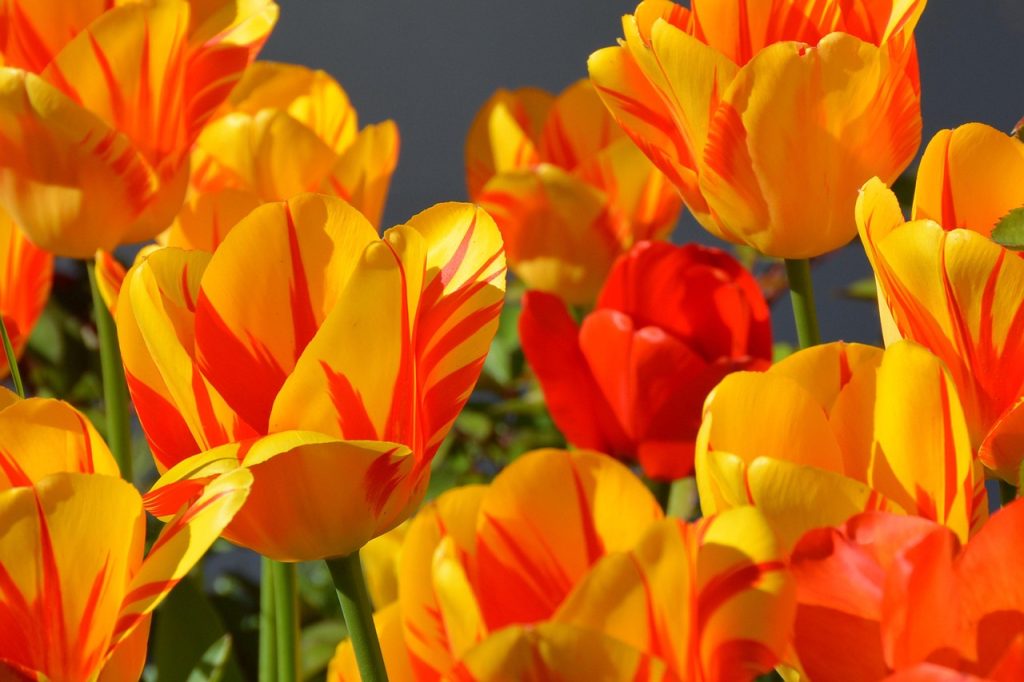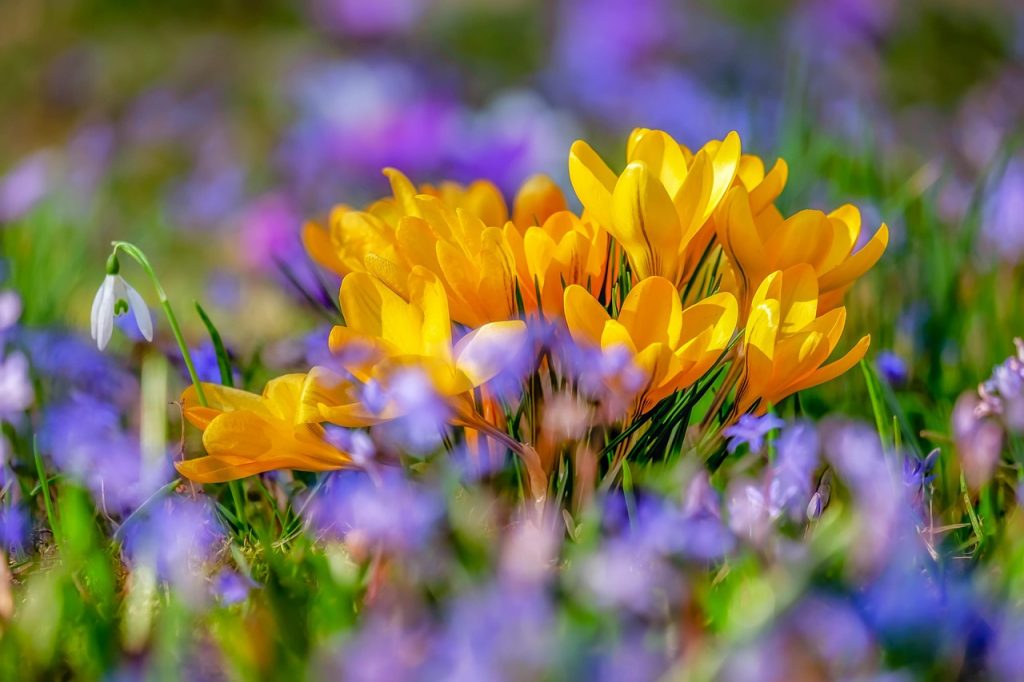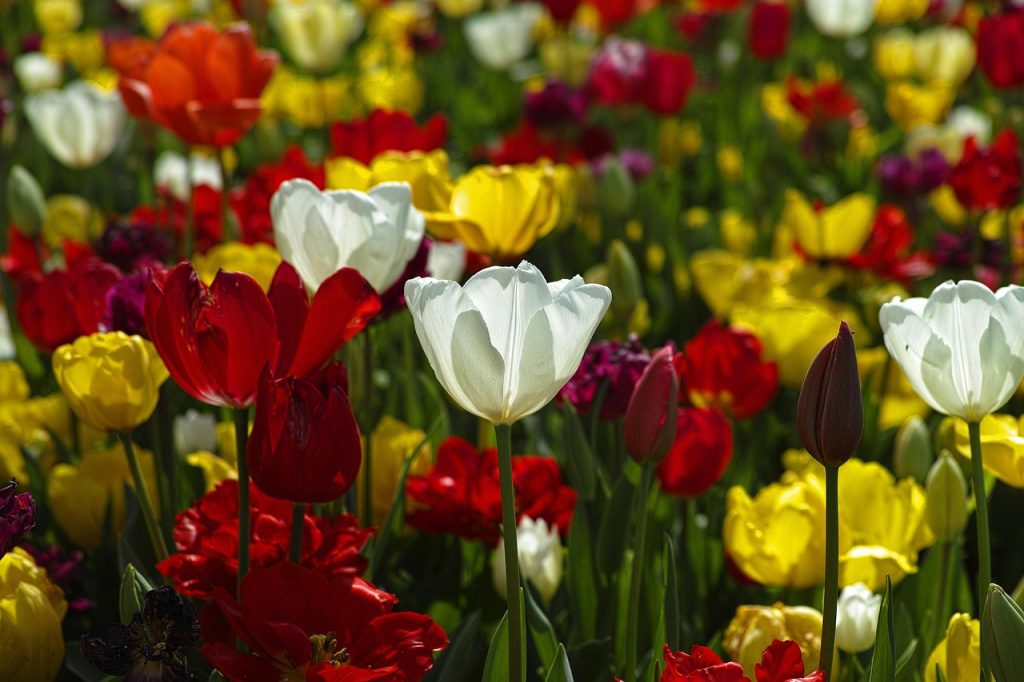Gardening is not just a hobby, it’s a year-long journey with nature. Each season brings its unique set of challenges and opportunities for garden enthusiasts. Whether you’re a seasoned green thumb or a novice just starting to dig into the world of plants, understanding seasonal gardening tips can greatly enhance the health and yield of your garden. In this comprehensive guide, we will explore how to tailor your gardening practices to sync perfectly with the cyclic rhythm of the seasons.
Spring: Awakening Your Garden
As the frost recedes and green shoots begin to appear, spring heralds a new beginning for gardeners. This season is crucial for setting the tone for the rest of the year.

Preparing the Soil
Spring is the perfect time to prepare your garden beds. Clear out winter debris and weeds that have accumulated over the colder months. Adding organic matter like compost or well-rotted manure will enrich your soil, providing a nutrient-rich base for plant roots to thrive.
Planting and Pruning
Early spring is ideal for planting hardy vegetables such as peas, spinach, and kale. For flower gardens, consider bulbs like daffodils and tulips, which need to be planted in cooler soil. It’s also the right time to prune certain shrubs and trees, just before they begin to bud.
Pest Control
As temperatures rise, so does the activity of pests. Begin regular inspections of your plants for signs of pests and diseases. Early detection and treatment can prevent larger infestations and plant damage, keeping your garden healthy.
Summer: Nurturing and Maintenance
Summer is all about maintenance and ensuring your garden can withstand the challenges of hot weather and increased pest activity.
Watering Wisdom
Consistent watering is key during the summer months, particularly during heatwaves. The best time to water plants is early in the morning or late in the evening to reduce evaporation. Consider setting up a rain barrel to collect water, reducing your environmental footprint and utility bills.
Mulching for Moisture Retention
Mulching is an effective way to keep the soil moist and cool. Organic mulches like straw or wood chips also help suppress weeds and add nutrients as they decompose.
Succession Planting
To maximize your garden’s productivity, practice succession planting. After harvesting early crops like lettuce, replant the space with another crop such as beans or squash. This technique ensures continuous production and optimizes the use of space.

Fall: Preparation for the Coming Cold
With the arrival of fall, your garden needs preparation for cooler temperatures.
Harvesting and Storage
Fall is harvest time for many vegetables and fruits. Understand the right time to harvest crops like pumpkins, potatoes, and apples for optimal taste and storage life. Store them in a cool, dry place to extend their usability.
Planting for Spring
Autumn is the ideal time to plant perennials, including trees and shrubs. The soil is still warm, allowing roots to establish before winter. Fall is also perfect for planting garlic and spring bulbs.
Winterizing Your Garden
Protect your garden from the upcoming cold. Drain and store irrigation systems, gather and remove diseased plants, and apply a layer of mulch to protect plants from freezing temperatures.
Winter: Planning and Protection
Although it might seem like the garden is dormant, there are plenty of activities to keep a gardener busy during winter.
Protective Measures
Use burlap wraps for delicate shrubs and trees to guard against frost. Applying anti-desiccant sprays can help prevent evergreens from losing moisture through their leaves.
Indoor Gardening
Winter is a great time to focus on indoor plants or start seeds indoors to prepare for spring planting. It’s also the perfect time to plan next year’s garden. Reflect on what plants did well and what could be improved.

Seasonal Gardening: A Year in Review
Each season in the gardening calendar demands specific actions to maintain the health and productivity of your garden. By following these seasonal gardening tips, you can ensure that your garden space remains vibrant and fruitful all year round. Remember, the key to successful gardening is adapting to the natural cycles of the environment and continuously learning and adjusting your practices to meet the needs of your plants.
FAQs About Seasonal Gardening
Early spring is ideal for hardy vegetables that can tolerate the cool temperatures. Some of the best crops to plant include peas, spinach, kale, and radishes.
To conserve water, consider watering your plants early in the morning or late in the evening when temperatures are cooler. Using a rain barrel to collect rainwater and employing soaker hoses or drip irrigation systems can also dramatically reduce water usage.
To prepare your garden for winter, remove any diseased or spent plants, apply a thick layer of mulch to protect roots from freezing temperatures, and consider using burlap or frost cloths to shield sensitive plants from cold damage.